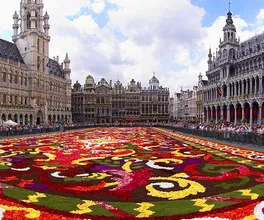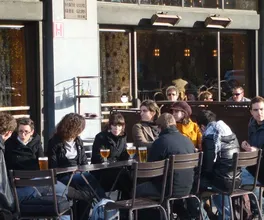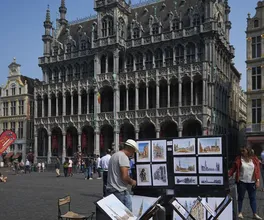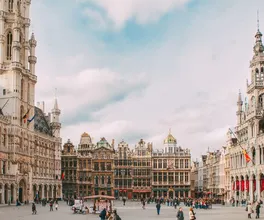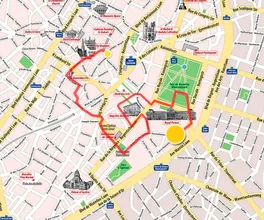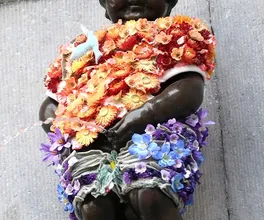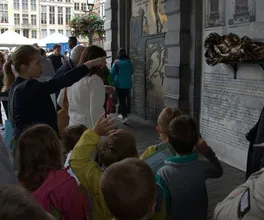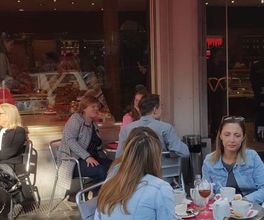




About this experience
History is contradictory and sometimes very unexpected. Thus, the perpetually vassal Brussels became the capital of united Europe, home to the governing bodies of the EU, NATO, and other international organizations. You will see the landmarks associated with them and uncover the official face of Brussels.
What to expect
I will show you an unusual Brussels, without lace squares and gingerbread houses. I will tell you about a class of people known as 'eurocrats' or politicians.
Brussels is the capital of Belgium, unofficially known as the capital of Europe because it is home to the European Parliament, European Commission, Council of Europe, and other institutions. You will be able to visit these places and learn where European politicians meet, as well as visit the plenary chamber of the European Parliament. So, the program includes:
- Triumphal Arch of Brussels - near it, I will tell you about the history of the emergence of Belgium as a state, about the appearance and secrets of the arch.
- European Quarter: you will visit the epicenter of European politics. You will see the Council of Europe (Consilium), the headquarters of the European Commission, and other EU management buildings. You will understand why Brussels became the capital of Europe and hear about the uniqueness of each building for eurocrats and politicians.
- European Parliament, where you will visit the plenary chamber and, if you're lucky, see Euro MPs at work. I will reveal legends and myths about the corridors of power in Brussels.
- The city of scholars, or Leopold Park - on the walk, you will learn where and why there is a 'Silicon Valley' in Brussels, how many Nobel laureates have been there.
- Place du Luxembourg - here you can have coffee or enjoy lunch with a view of the Parliament. Politicians and parliamentarians love to have lunch on this square in Brussels.
Organizational details
You must have your passport with you.
